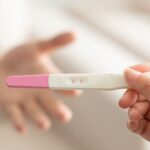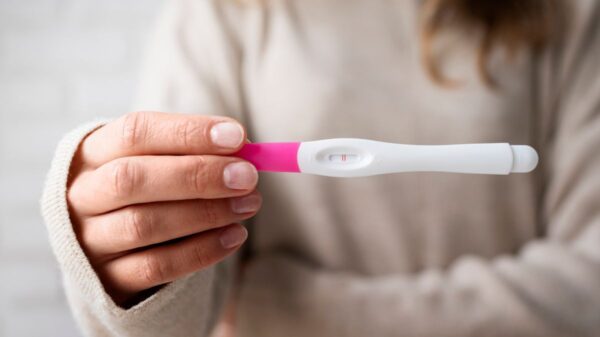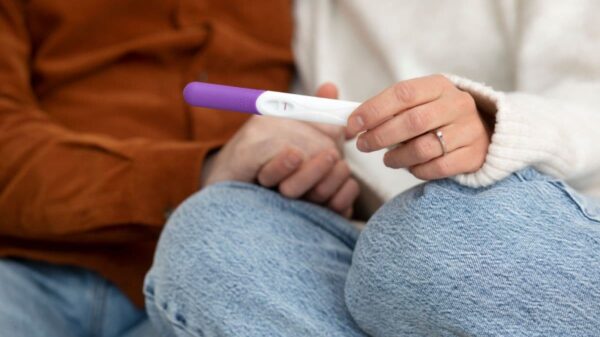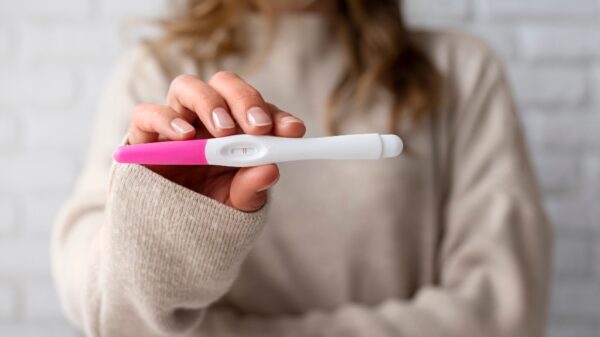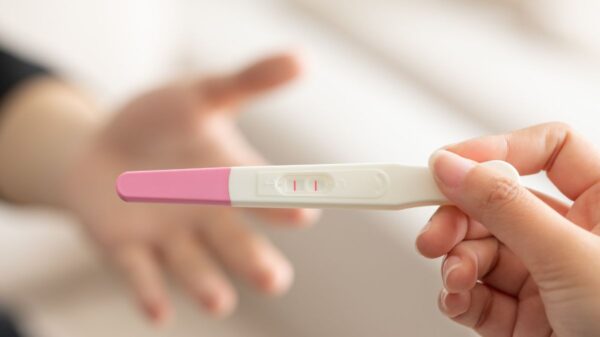If you’re actively trying to conceive or concerned about a missed period, taking a pregnancy test becomes important. Missing a period is often the first indicator, prompting the need for regular testing for those trying to conceive. With various types and brands available, selecting the right test is essential. Paper strip tests are economical for frequent testing, while digital tests offer clear results. Understanding when to test and interpreting results, whether faint lines or clear positives, is crucial. Here’s a guide to navigating the different types of pregnancy tests and reading their results accurately.
How to Take a Pregnancy Test
For the most accurate results, it’s advisable to test in the morning immediately after waking up, as this is when your hCG levels, a crucial pregnancy hormone detected by the tests, are at their peak. You have the option to either directly urinate on the test for the specified duration or collect urine in a cup and dip the test for no longer than the recommended time, depending on your comfort level. Ensure the results window faces you and lay the test flat while waiting for results to develop. Most pregnancy tests typically yield results within a few minutes, but refer to the specific instructions for the precise processing time. To optimize accuracy, aim for a “midstream sample” by urinating briefly before using the test.
Types of At-Home Pregnancy Tests
There are a few different types of pregnancy tests that you can take at home.
Strip tests
These tests come in two forms—one being a literal strip of paper that you dip in a urine sample you’ve collected, and the other is a test you pee on that has a plastic handle to hold. Strip tests come in either single-window or two-window versions.
Digital tests
Digital tests are similar to the plastic-handled strip tests except they will give clear “pregnant” or “not pregnant” results. Some people prefer digital tests because they are easier to read and there are no lines (faint or bold) to interpret. There may also be some type of countdown to indicate when the results are ready so you can be sure you’re reading results after enough time has passed.
Before taking the test, keep these things in mind:
- Carefully read the directions in the box—meaning the fine print. Make sure you clearly understand the results time window and how to pee on the test.
- If you are taking any fertility drugs, be sure to call your doctor to see if any of the medications you are taking will interfere with your test results.
- Don’t have to pee? Although common sense might tell you to drink a gallon of water, it’s actually recommended not to overhydrate to because this could dilute your hCG levels (so wait until you actually have to go pee). You’ll typically get the most accurate results by when testing your first morning urine since that’s when hCG levels tend to be more concentrated.
- Make sure to check the expiration date of the pregnancy test.
How to Read Pregnancy Test Results
There are a few different types of pregnancy tests, each with different wait times and results displays. Since tests can vary in their specifics, be sure to read the instructions that come with yours. In general, here’s how to figure out if your test is positive or negative.
Positive Pregnancy Test
Here’s how to read a positive pregnancy test result on the different types of tests:
- Single window test: a positive result would show both the control line and a second line (the famous two pink lines).
- Two-window test: a single line will appear in the control window as well as a plus sign (+) or another line in the second window.
- Digital test: perhaps the most straightforward, a positive digital test will say “You’re Pregnant” or “Yes”.
Negative Pregnancy Test
- Single window test: there will only be one line (the control line).
- Two-window test: there will be a test line in the control window and either an empty second window or a minus (-) symbol.
- Digital test: a negative result will say either “Not Pregnant” or “No”.
- If you are not pregnant, a single window test would only show the single test line.
Understanding Your Results
What Does a Faint Line Mean?
There are a couple of reasons you could see a faint line when reading your pregnancy test results. If you’ve tested very early, the line may be faint since the concentration of hCG is still ramping up. You can also experience a faint line if you’re reading results past the dedicated window—in this case it could be an evaporation line. The line usually appears several minutes after the time of the test and is caused by evaporating urine. If the line seems faint or you are at all uncertain, it’s best to take another test.
How Do Home Pregnancy Tests Work?
At-home pregnancy tests have become more accurate because they are more sensitive to the hormone human Chorionic Gonadotropin (hCG) which indicates pregnancy. According to the Cleveland Clinic, when an egg is fertilized and attaches to your uterine wall, the placenta begins to form and produces hCG, which can be found in both your bloodstream and urine. At-home pregnancy tests measure the level of hcG in your urine. . As pregnancy progresses, the level of hCG rises pretty quickly (doubling every couple of days, then slowing down after six weeks). This is why testing too early can lead to a false-negative result.
How Soon Can I Take a Pregnancy Test?
According to Mayo Clinic, you should wait at least a week from the day of your missed period to take the test for more reliable results. However, some at-home pregnancy tests say they are 99% accurate on the first day of a missed period. Once implantaionn occurs—when the fertilized egg implants in the uterus—it takes some time for hCG levels to reach the amount needed for a test to detect, so it’s better to wait a bit.
How Accurate are Pregnancy Tests?
These days, pregnancy tests are pretty reliable (most claim to be 99% accurate from the first day of your missed period when used correctly); however, there are some instances where you might get an inaccurate result. Here’s what to know:
False positives are rare but can definitely happen. If you receive a false positive it could be that infertility drugs are messing with your hCG levels, you recently gave birth or had a miscarriage, or the test could be broken. If you get a positive result, go to your healthcare provider to have it confirmed by the lab.
False negatives are also rare but more common than false positives. Around 5% of tests may lead to false negatives. Factors that could give you a false negative result range from taking the test too soon and having a faulty test. For the best results, be patient and wait at least a week to take the test.
If you tested early and it came up negative, but you end up missing your period, test again. If your home pregnancy test says you’re pregnant, it’s time to make an appointment with your healthcare provider to confirm the results.


